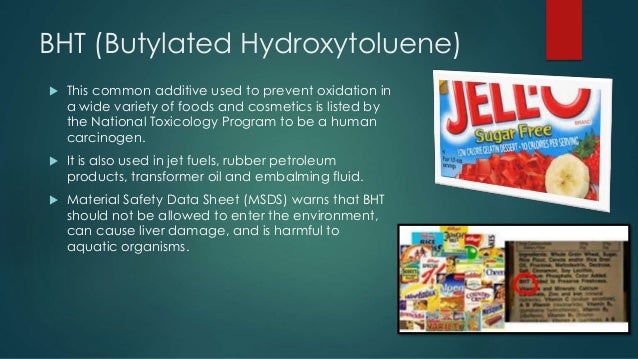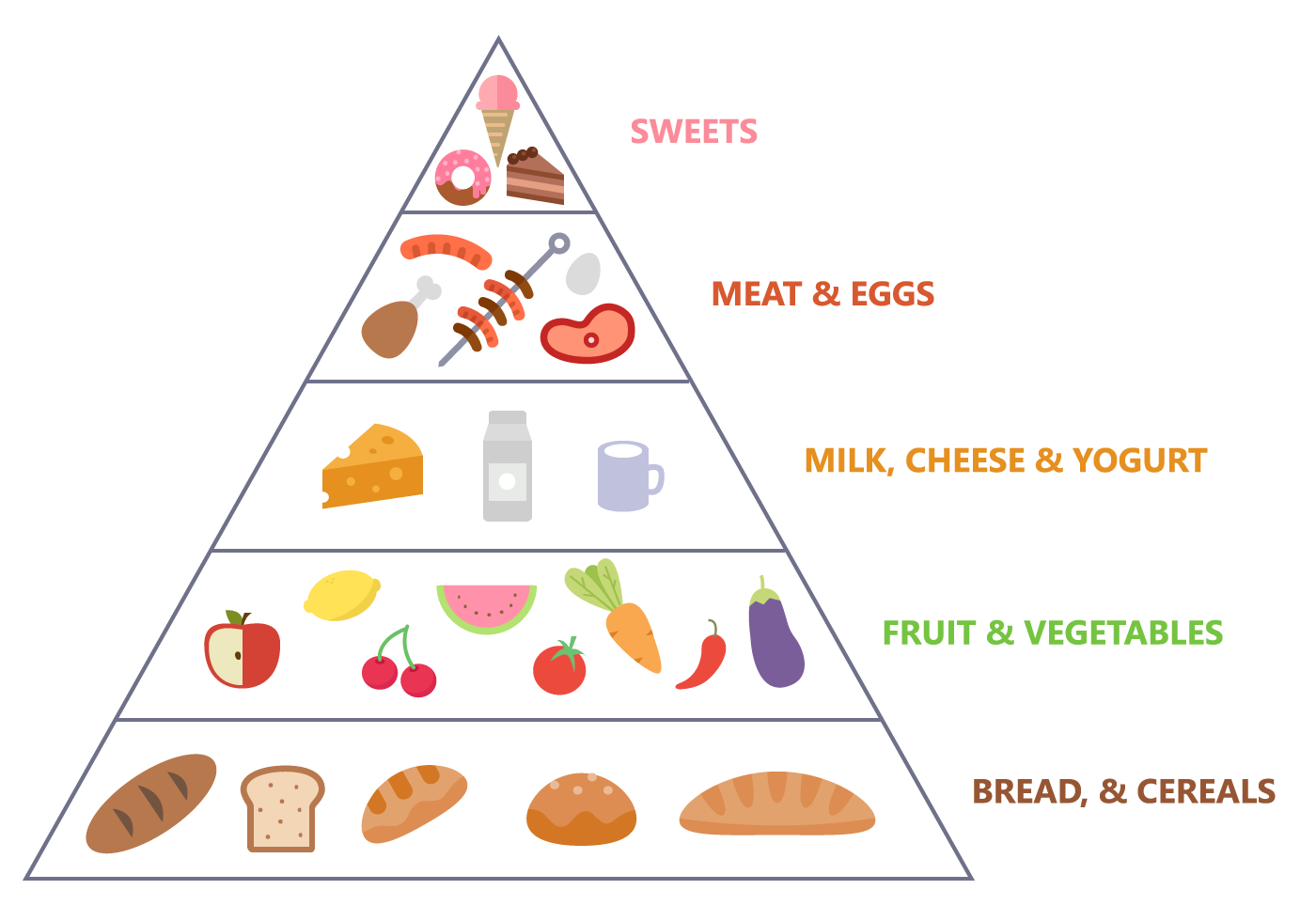43 food labels and diabetes
How to Read a Food Label for a Diabetic Diet - HealthiNation Here's why, as well as other food label lines that deserve a second glance. 1. Total carbohydrates This gram count includes all types of carbs: sugar, complex carbohydrates, and fiber. Each type of carb affects blood glucose, so when you have diabetes you need to consider all three together. Decoding Diabetes: How to Read Nutrition Labels | Accu-Chek It is listed out separately from total carbs to help anybody seeking to limit sugar, like people with diabetes, find foods that fit their diets. • Additional Sugar: Finally, some newer food labels may have an additional line under Sugar that lists anything that was added beyond the natural sugars contained in the other ingredients in the food.
PDF Label reading basics for diabetes - Veterans Affairs Label Reading Basics for Diabetes Nutrition and Food Services (05/2020) Serving Size • The serving size is the portion size used for all the values on the label. • Different foods have different serving sizes. • The serving size on this label is 2/3 cup. Servings per Container • Indicates the number of

Food labels and diabetes
Reading food labels: Tips if you have diabetes - Mayo Clinic Look for foods with 3 or more grams of fiber. Put sugar-free products in their place Sugar-free doesn't mean carbohydrate-free. Sugar-free foods may play a role in your diabetes diet, but remember that it's equally important to consider carbohydrates as well. A sugar-free label means that one serving has less than 0.5 grams of sugar. Reading Food Labels When You Have Diabetes | Cigna Start with the "% Daily Value" column on the food label. A food is considered low in a specific nutrient (such as fat, saturated fat, carbohydrate, or sodium) if it has 5% or less of the daily value. A food is considered high in that nutrient if it has 20% or more of the daily value. Watch out for health claims on food labels. Understanding food labels | Diabetes UK Check the ingredients list - if syrup, invert syrup, cane sugar, molasses or anything ending in 'ose' is within the first three ingredients, this suggests the food contains more added sugar. Choose an alternative if possible, or be mindful of the portion you eat. Check the fibre content on the back of pack label.
Food labels and diabetes. Reading Food Labels When You Have Diabetes | Cigna Introduction. When a food comes in a package, take a look at the Nutrition Facts label and ingredient list on the package. Start with the "% Daily Value" column on the food label. A food is considered low in a specific nutrient (such as fat, saturated fat, carbohydrate, or sodium) if it has 5% or less of the daily value. 4 Things Diabetics Should Always Look for on Food Labels Reading food labels is a no-brainer. And, it's important for diabetes management. So, check out these 4 things diabetics should look for on food labels. 1. Carbs. Carbs can wreak havoc on the blood sugar. However, food labels often list "total carbohydrates." And that makes it difficult to determine exactly which carbs are included. Food Label Know How | American Diabetes Association Food Label Know How. Plan Your Plate . Sugar Substitutes . Grupos de Alimentos y Tamaños de las Porciones. Formas Saludables de Cocinar y Sazonar los Alimentos. Compras en el Supermercado. Como Leer las Etiquetas de los Alimentos. Planifique su Plato Saludable. Sustitutos del Azúcar. American Diabetes Association 2451 Crystal Drive, Suite 900 ... Food Labels | CDC - Centers for Disease Control and Prevention Living With Diabetes Eat Well Food Labels Español (Spanish) Understanding the Nutrition Facts label on food items can help you make healthier choices. The label breaks down the amount of calories, carbs, fat, fiber, protein, and vitamins per serving of the food, making it easier to compare the nutrition of similar products.
How to Read Food Labels When You Have Type 2 Diabetes Sugar-free is important for managing diabetes, but pay attention to carbohydrates. If the label says sugar-free and there are fewer carbohydrates, you're good to go. If the choice is between a sugar-free product with just as many carbohydrates as a standard product, you're better off choosing based on price or taste. Understanding food labels fact sheet - NDSS Labels on packaged foods provide information that can help you make healthier food choices. Making healthy food choices can help you to manage your diabetes, weight, and overall health. Understanding how to read food labels can help you choose foods with more fibre and less saturated fat, salt (sodium), added sugars and kilojoules. Guide to Reading Food Labels with Diabetes | Better Health Kare As another good tip, when reading food labels with diabetes disease, pay attention to high-fiber foods. Fiber is the best ally for diabetic patients is it helps reduce the absorption of simple carbohydrate s. Try to stick to foods that contain at least 3 grams of fiber per serving. It is also important to remember that when the ADA recommends ... 25 food label secrets savvy shoppers should know - msn.com Secrets hiding in plain sight. Whether you're looking to lose weight, prevent diabetes and heart disease, or are just looking to live a healthier life, buying food that's good for you can be a ...
How to Read Food Labels | mySugr The best place to begin is to look at the ingredients on the food label. Look for heart-healthy ingredients — oats, whole-wheat flour, or soy. Healthy fats like peanut, olive, and canola oils, seeds, and nuts are all good for heart health, too. It's best to avoid foods that contain excessive amounts of saturated fats, sugars, salt, and ... Food Labels and Counting Carbs - dummies Diabetes & Carb Counting For Dummies. Looking at the Total Carbohydrate amount on food labels is important because carbohydrates digest and eventually turn into glucose, which ends up in the bloodstream. Having diabetes means you should be paying attention to how much carbohydrate you're eating. Food labels help you do just that, but you need ... Making Sense of Food Labels | ADA - American Diabetes Association Reading labels can help you find these hidden sources and compare the sodium in different foods. Whether you have diabetes or not, 2300 milligrams (mg) or less per day is the general recommendation. If you have high blood pressure, talk with your health care team to find out the best goal for you. List of ingredients Food Labels & Type 2 Diabetes | Level2 Sugar-free products. Sugar-free is important for managing diabetes, but pay attention to carbohydrates.If the label says sugar-free and there are fewer carbohydrates, you're good to go. If the choice is between a sugar-free product with just as many carbohydrates as a standard product, you're better off choosing based on price or taste.
PDF What Can I eat? - American Diabetes Association list of everything that is in the food. They are listed by the highest amount to the least. If the first word in the list is sugar, then there is more sugar in the food than anything else. Reading Food Labels Food labels can help you choose what foods to eat. Use the labels at right to find the best choice. 1-800-DIABETES (1-800-342-2383) www ...
How to read food labels if I have diabetes or prediabetes? Knowing how to read food labels is a very useful skill to improve your eating and better manage or help to prevent the progression of diabetes. There are three main things on the food labels to look out for: nutrition information panel, ingredient list, and Healthier Choice Symbols. 1. Nutrition information panel (NIP)
Learning To Read Labels :: Diabetes Education Online On a nutrition food label, subtract the fiber from the total carbohydrate amount. When you read food labels, the grams of sugar are already included in the total carbohydrate amount, so you do not need to count this sugar amount separately. The grams of sugar listed include both natural sugars, from fruit or milk, and added sugars.
Nutrition Facts Labels and Diabetes - University of California, San Diego When you have diabetes, it's important to keep your blood sugar at healthy levels. This means eating foods relatively low in carbohydrates. A second goal is to eat heart-healthy. This is because people with diabetes have a higher risk for heart disease and stroke. To eat heart-healthy, you'll need to limit sodium, cholesterol, and unhealthy fats.
Decoding Food Labels - Credo Health Excess salt in the diet can raise blood pressure over time, increasing the risk of heart disease and stroke. The majority of us consume more than the recommended daily limit of 6g (equal to a teaspoon). Most foods are labeled with their salt level. Keep in mind that some products have sodium instead of salt on the label.
Nutrition Facts Labels and Diabetes - University of Rochester When you have diabetes, it's important to keep your blood sugar at healthy levels. This means eating foods relatively low in carbohydrates. A second goal is to eat heart-healthy. This is because people with diabetes have a higher risk for heart disease and stroke. To eat heart-healthy, you'll need to limit sodium, cholesterol, and unhealthy fats.



Post a Comment for "43 food labels and diabetes"